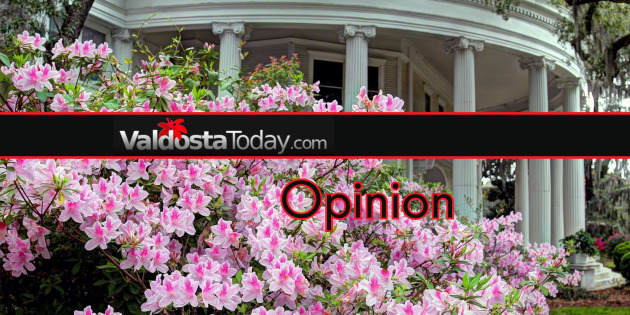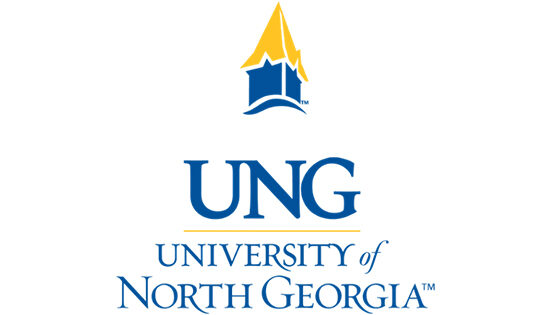Column by Gary M. Wisenbaker
 The idiom “there’s more than one way to skin a cat” probably first entered the American lexicon through Seba Smith and his 1854 book “Way down East; or, Portraitures of Yankee Life” wherein he described the world as “a money digging world . . . and, as it is said, ‘there are more ways than one to skin a cat,’ so are there more ways than one of digging for money.”
The idiom “there’s more than one way to skin a cat” probably first entered the American lexicon through Seba Smith and his 1854 book “Way down East; or, Portraitures of Yankee Life” wherein he described the world as “a money digging world . . . and, as it is said, ‘there are more ways than one to skin a cat,’ so are there more ways than one of digging for money.”
And addressing the dilapidated state of America’s infrastructure will require digging for a lot of money.
The American Society of Civil Engineers reports that by 2020 (just around the corner) it will take $3.6 trillion to fix and repair our roads, bridges, airports, and other vertebra of the nation’s infrastructure backbone.
But there’s a problem: all layers of government are cash strapped. States and localities groan under ever increasing demands for pension and entitlement funding; the federal gasoline tax, the primary source for federal surface transportation funding, hasn’t been increased since 1993 and the distance traveled by (more fuel efficient) motor vehicles has been in decline since 2004.
Digging deeper in the pocket of the American taxpayer in the present economic climate is, for all intents and purposes, a non-starter.
So Republican presidential nominee Donald Trump took another look at the cat and came up with a solution. It’s a clever application of the “build the wall and make Mexico pay for it” concept and it’s a model that has worked in Europe, Canada, and Australia.
Though not a new idea, public-private partnerships (“P3s”) can be traced back to ancient Rome and Greece, P3s marry public construction with private dollars. As noted by the Federal Highway Administration: “[E]arly involvement of the private sector [in transportation improvements] can bring creativity, efficiency and capital to address transportation problems facing state and local governments.”
An added advantage is that P3s free up public money by putting the risk of design, operation and long term maintenance of an eligible project on the private entity.
A Trump Administration would commit $1 trillion, double Hillary Clinton’s plan, to infrastructure spending and rely mostly on private funding. Clinton’s old school concept would rely heavily on new and higher taxes.
According to Peter Navarro and Wilbur Ross, the drafters of Trump’s plan, new taxes would not be necessary since private investment would be encouraged through tax credits. While it is true that there would be some lost governmental revenue due to the tax credits, the taxes collected from employment gains and companies involved in the projects would offset those “costs”.
The private sector, then, not only takes the responsibility for the infrastructure, they also pay for it. And that works because they then have the right to the user fees generated by the project. Such projects typically include toll roads, airports, or utilities financed in part by fees paid by users.
The governmental units involved, however, will retain the right to set fees and make sure that the maintenance end of the bargain is kept by the private entities.
Because political considerations are minimized in a P3, there will be less “bridges to nowhere”. This means that projects with a greater public demand would be selected instead. Costs would be more efficiently contained due to the profit incentive.
The Clinton plan produces the exact opposite results because it is void of innovation, creativity, and foresight. Her plan empowers the Establishment, not the job creators.
Find a new way to skin the cat, not the American taxpayer.
Donald Trump gets it.
Gary Wisenbaker (gary@blackstonestrategy.com) is a corporate communications and political consultant at Blackstone, LLC.











